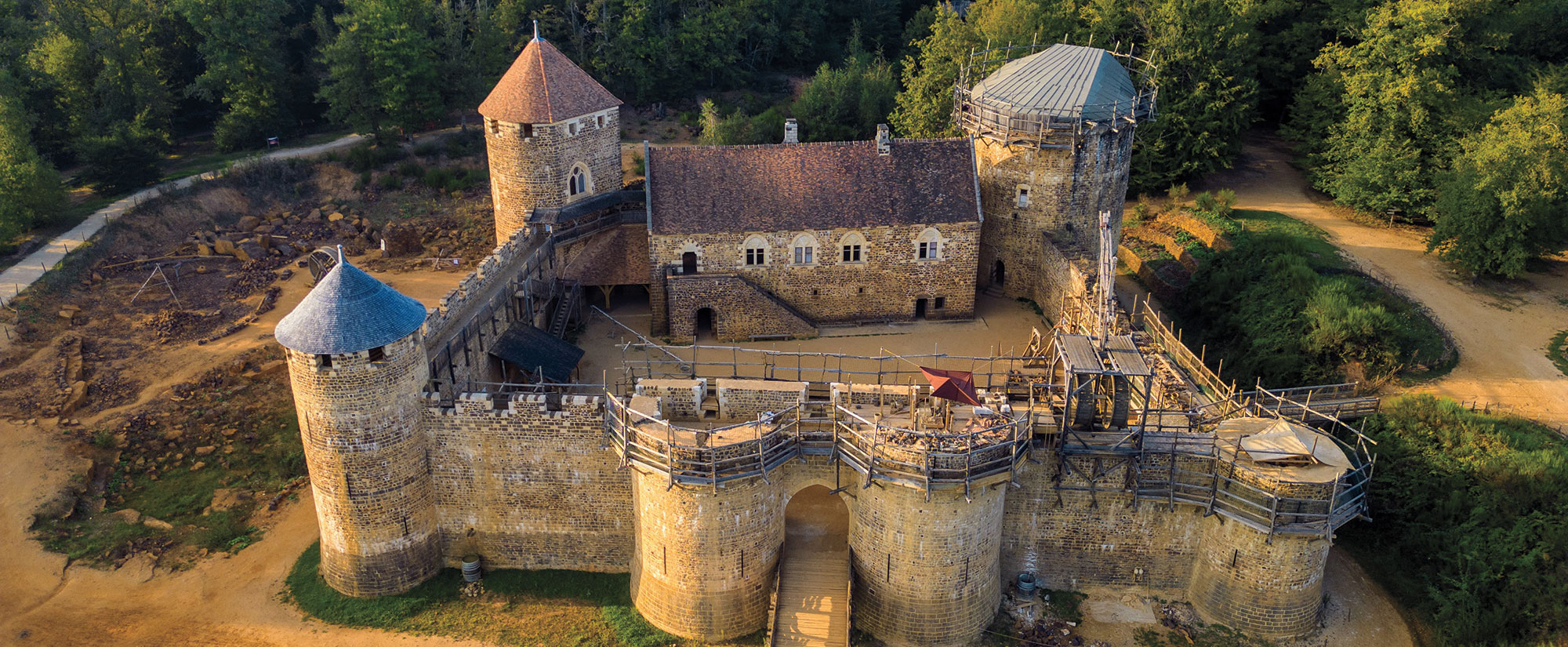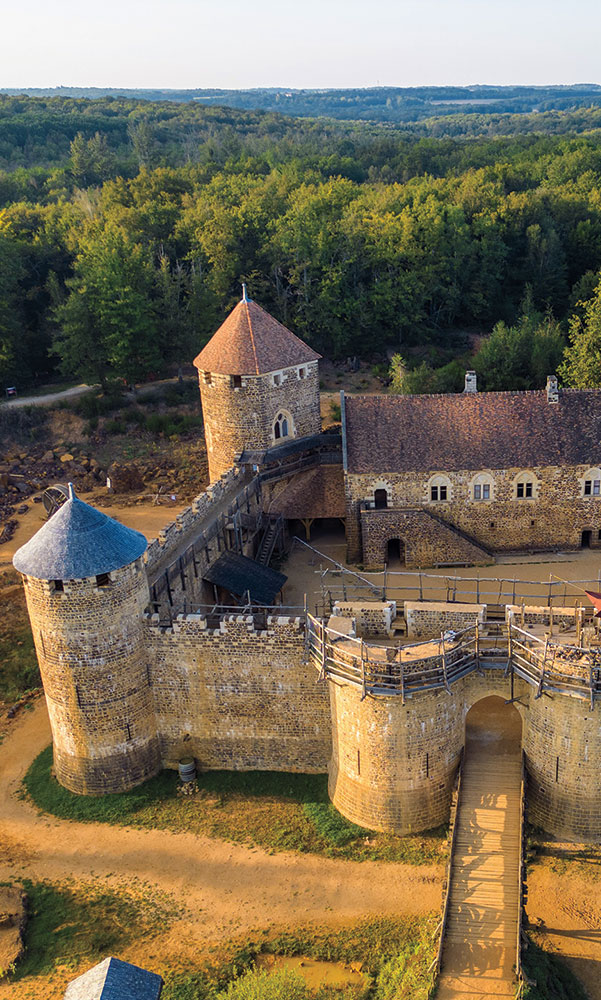SHEFFIELD, ENGLAND—Phys.org reports that Aimée Barlow of the University of Sheffield and her colleagues have identified pregnancy hormones in human skeletal remains. The researchers tested the remains of seven women and three men who lived in Britain between the first and nineteenth centuries A.D. In utero fetal remains had been recovered in the burials of two of the women. Another two had been interred in mother-child burials with fetal remains. One woman was known to have been pregnant during her lifetime, while the birth histories of the final two were unknown. Samples of the bones; tooth dentin, enamel, and roots; and dental calculus of all 10 people were then tested for estrogen, progesterone, and testosterone with ELISA, or Enzyme-Linked Immunosorbent Assay, a lab technique that can detect antibodies, antigens, proteins, and hormones in tissue samples. Estrogen, progesterone, and testosterone were detected in bone, enamel, and dentine. Progesterone and testosterone were detected in dental calculus. The testing also revealed elevated levels of progesterone and no testosterone in one of the pregnant women’s remains. Elevated levels of progesterone were also found in the dental calculus of the women in the mother-child burials. This technique could help archaeologists identify pregnancy at the time of death in past populations, the scientists concluded. To read about analysis of a Roman-era skeleton uncovered in Cambridgeshire, England, go to "Ancient DNA Revolution: A Stranger in a Strange Land."
Pregnancy Hormones Found in Human Skeletal Remains
News October 28, 2025
Recommended Articles
Off the Grid January/February 2026
Prophetstown, Indiana
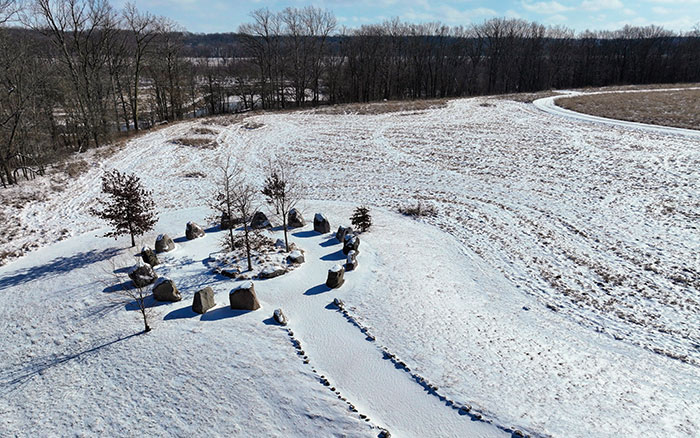
Letter from France January/February 2026
Neolithic Cultural Revolution
How farmers came together to build Europe’s most grandiose funerary monuments some 7,000 years ago
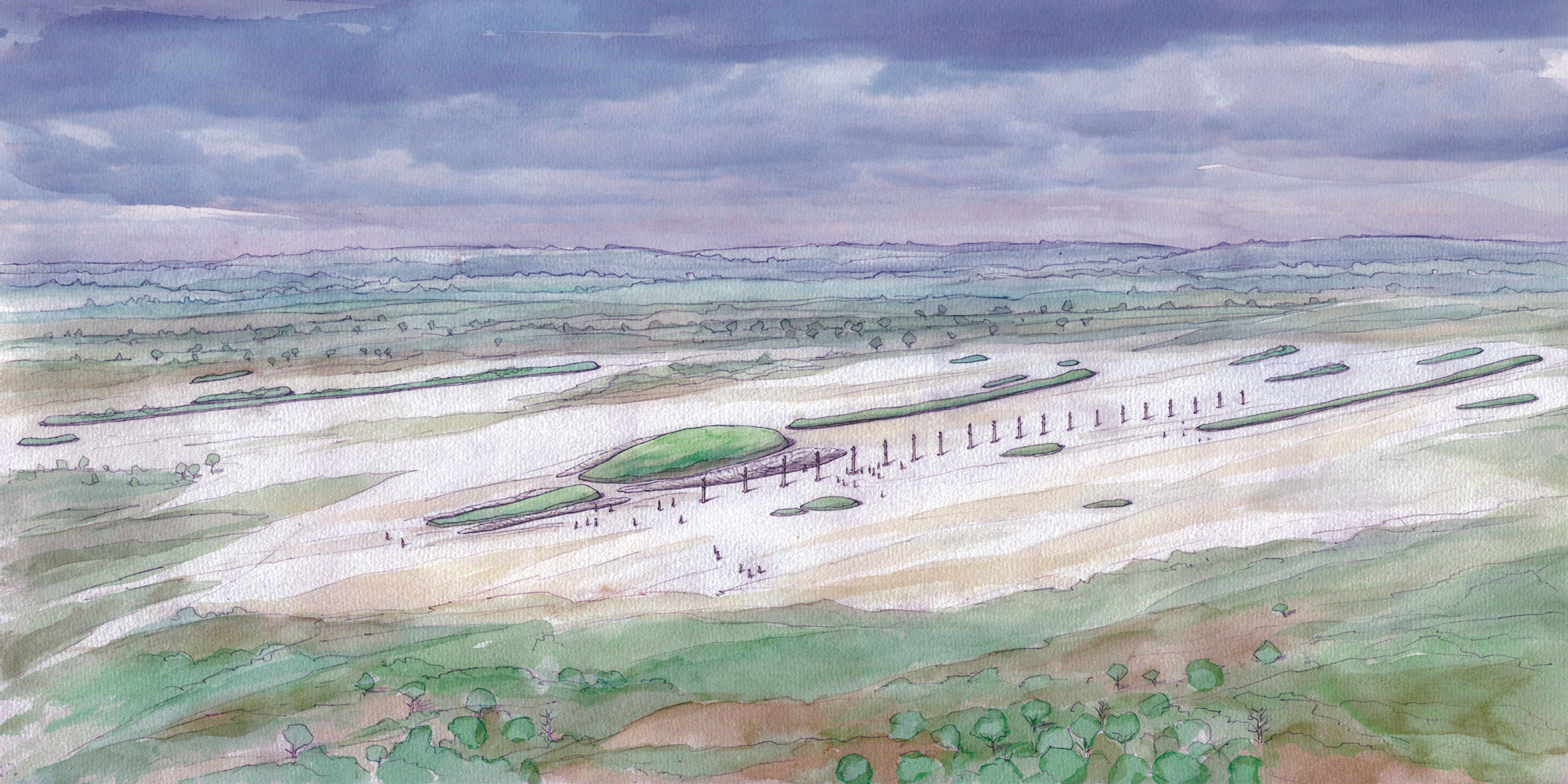
Features January/February 2026
The Cost of Doing Business
Piecing together the Roman empire’s longest known inscription—a peculiarly precise inventory of prices
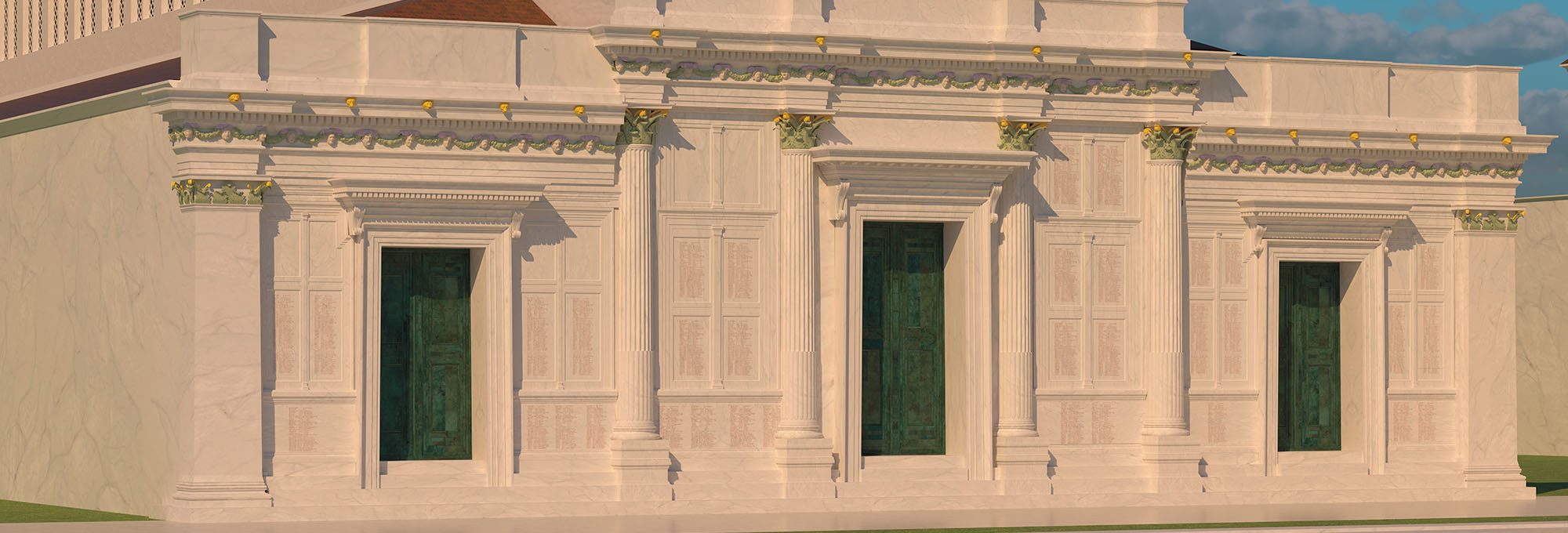
Features January/February 2026
The Birds of Amarna
An Egyptian princess seeks sanctuary in her private palace
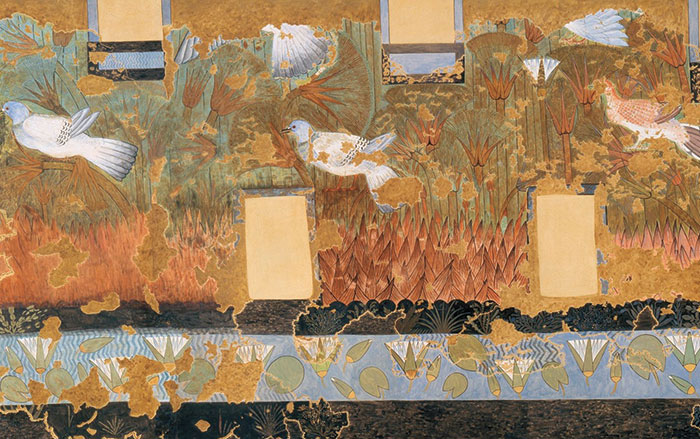
-
Features September/October 2025
Spirit Cave Connection
The world’s oldest mummified person is the ancestor of Nevada’s Northern Paiute people
 Howard Goldbaum/allaroundnevada.com
Howard Goldbaum/allaroundnevada.com -
Features September/October 2025
Here Comes the Sun
On a small Danish island 5,000 years ago, farmers crafted tokens to bring the sun out of the shadows
 Courtesy the National Museum of Denmark
Courtesy the National Museum of Denmark -
Features September/October 2025
Myth of the Golden Dragon
Eclectic artifacts from tombs in northeastern China tell the story of a little-known dynasty
 Photograph courtesy Liaoning Provincial Museum, Liaoning Provincial Institute of Cultural Relics and Archaeology, and Chaoyang County Museum
Photograph courtesy Liaoning Provincial Museum, Liaoning Provincial Institute of Cultural Relics and Archaeology, and Chaoyang County Museum -
Features September/October 2025
Remote Sanctuary at the Crossroads of Empire
Ancient Bactrians invented distinct ways to worship their gods 2,300 years ago in Tajikistan
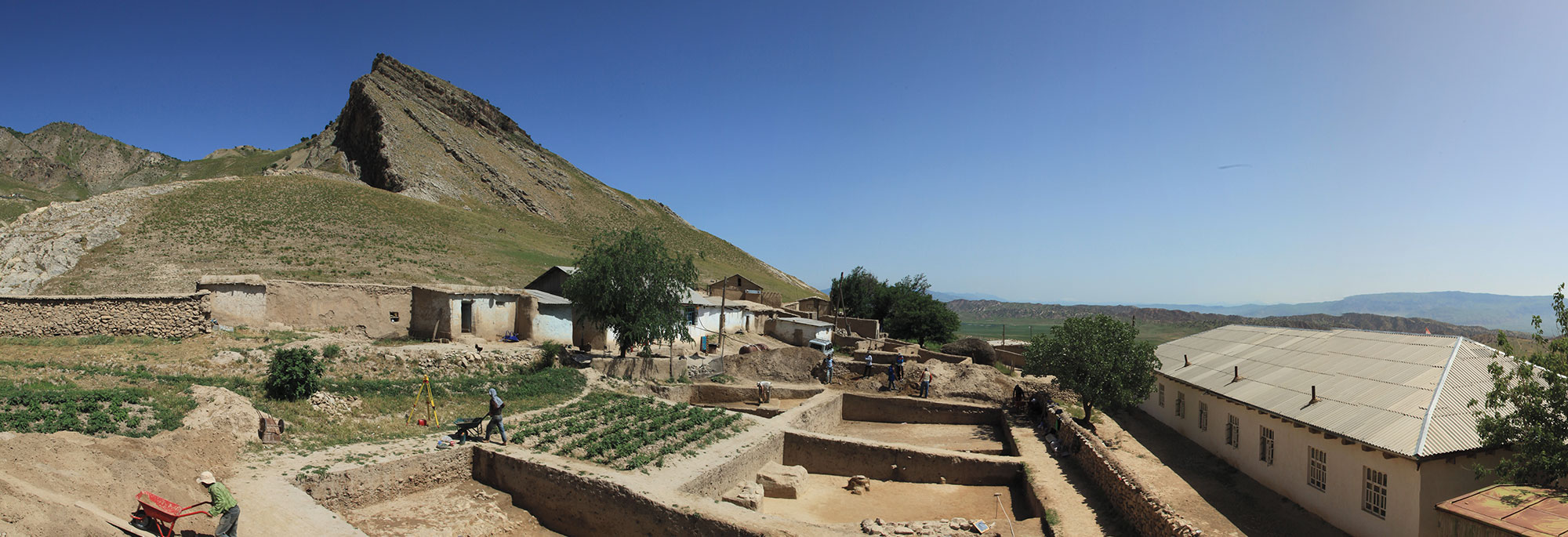 Gunvor Lindström/Excavations supported by the German Research Foundation
Gunvor Lindström/Excavations supported by the German Research Foundation


